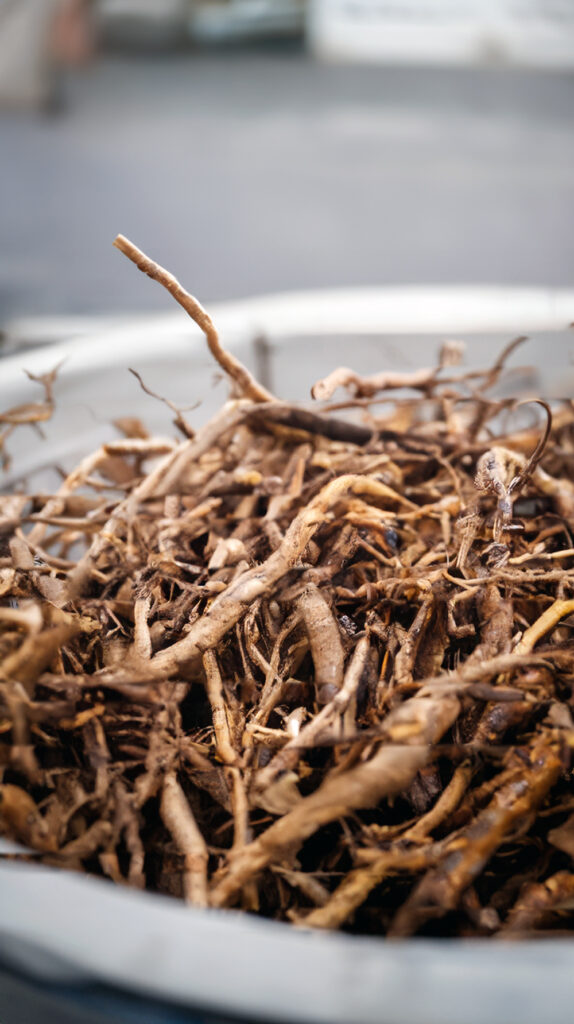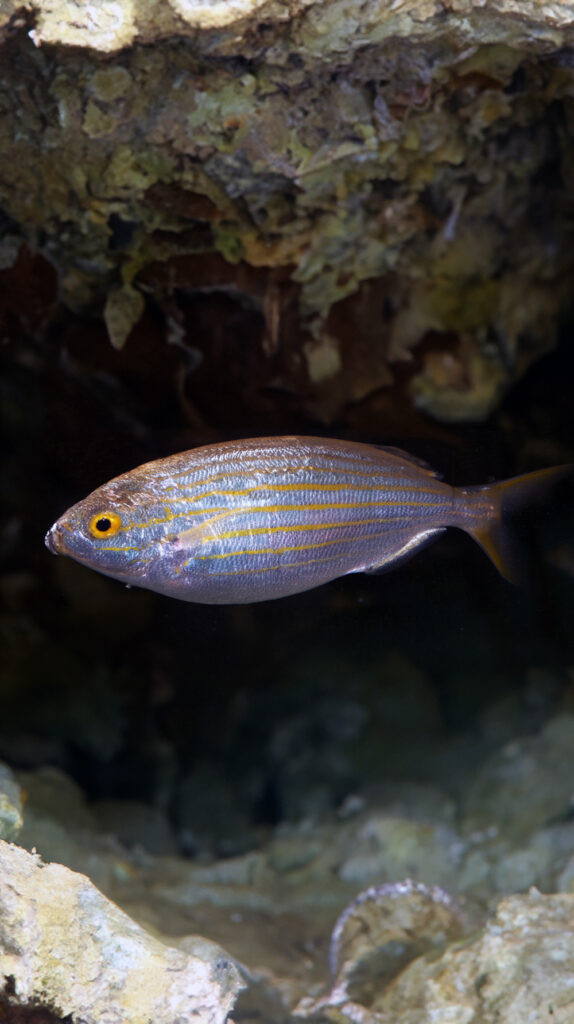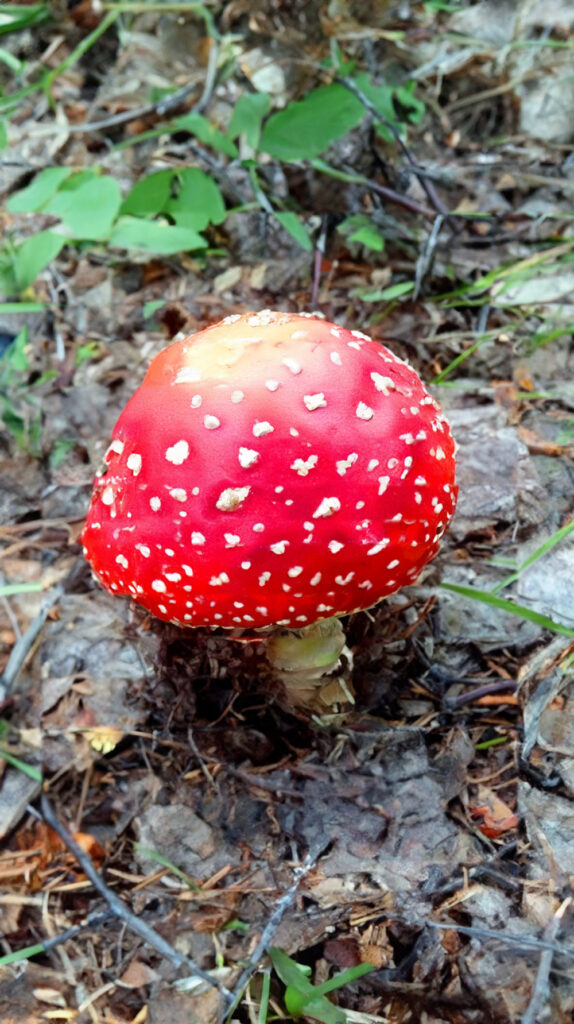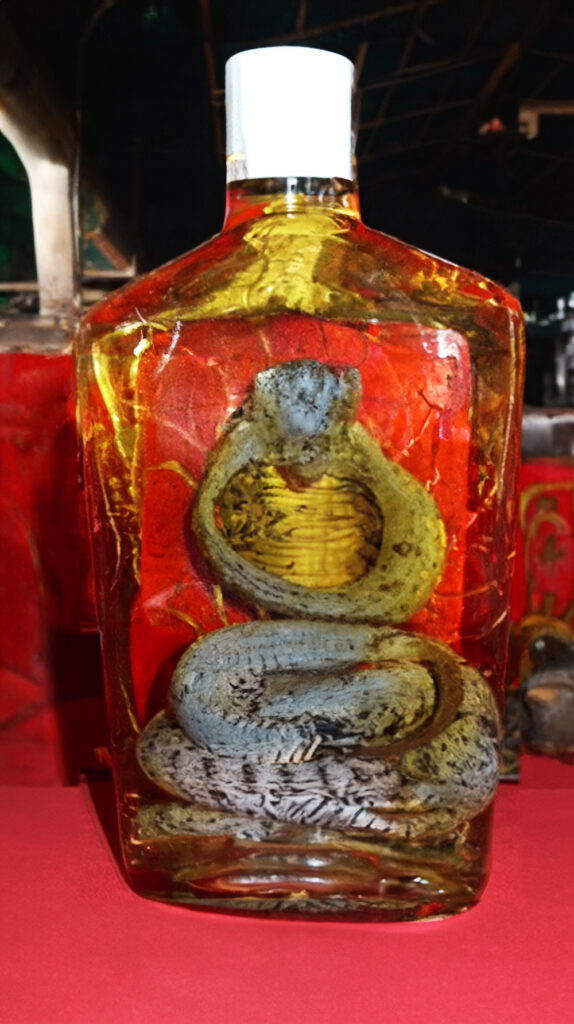Ever wondered if food could do more than just satisfy your hunger? Prepare to have your mind blown (literally) as we explore five unusual foods with the power to alter your brain function, inducing everything from euphoria to hallucinations.
1. Kava Root (Pacific Islands): The Euphoria Elixir

Kava, a root native to the Pacific Islands, has been used for centuries in traditional ceremonies for its relaxing and euphoric effects. The active compounds in kava, known as kavalactones, interact with the brain’s GABA receptors, producing a sense of calmness, relaxation, and even mild euphoria.
Why people use it:
- Stress relief: Kava is known for its ability to reduce anxiety and promote relaxation.
- Social lubricant: In traditional cultures, kava is often consumed in social settings to facilitate conversation and bonding.
- Euphoric effects: Kava can induce a mild sense of euphoria and well-being.
2. Sarpa Salpa (Mediterranean): The “Fish of Dreams”

This Mediterranean fish, known as the “dreamfish” or “fish of dreams,” has a rather unusual side effect: it can cause vivid hallucinations. The hallucinogenic effects are believed to be caused by toxins present in the fish’s head, though the exact mechanism is still not fully understood. These hallucinations can last for several hours or even days, often accompanied by disturbing and dream-like experiences.
Why people (might) eat it:
- Curiosity: Some people are drawn to the fish’s hallucinogenic properties, despite the potential for unpleasant side effects.
- Accidental consumption: In some cases, people may unknowingly consume Sarpa Salpa and experience its hallucinogenic effects.
3. Reindeer Mushrooms (Amanita muscaria) (Siberia): The Shaman’s Visionary

Amanita muscaria, also known as the fly agaric or reindeer mushroom, is a distinctive red and white mushroom with a long history of use in shamanic rituals in Siberia and other parts of the world. The mushroom contains psychoactive compounds, including muscimol and ibotenic acid, which can induce intense visions, altered states of consciousness, and out-of-body experiences.
Why shamans use it:
- Spiritual journeys: Shamans use Amanita muscaria to enter altered states of consciousness and connect with the spirit world.
- Ritualistic purposes: The mushroom is often incorporated into ceremonies and rituals for its mind-altering effects.

4. Snake Wine (Vietnam): The Neurotoxin Tonic
Snake wine, a traditional Vietnamese beverage, is made by infusing venomous snakes, often cobras, in rice wine or grain alcohol. The neurotoxins in the snake venom are believed to have medicinal properties, but consuming snake wine can also induce a trance-like state, numbness, and other neurological effects.
Why people drink it:
- Traditional medicine: Snake wine is believed to have various health benefits in traditional Vietnamese medicine, including boosting virility and treating rheumatism.
- Novelty: Some people consume snake wine for its shock value and unusual nature.
5. Betel Nut (Asia): The Mild Stimulant

Betel nut, the seed of the Areca catechu palm, is widely chewed across Asia for its stimulating effects. The nut contains alkaloids that act as mild stimulants, increasing alertness, focus, and energy levels. It can also induce a mild euphoria and a sense of well-being.
Why people chew it:
- Stimulating effects: Betel nut provides a mild energy boost and enhances focus.
- Social custom: Chewing betel nut is a common social practice in many Asian cultures.
- Euphoric effects: It can induce a mild sense of euphoria and relaxation.
A Word of Caution:
While these foods may offer unique experiences, it’s crucial to remember that they can also have potent and potentially dangerous effects on the brain and body. Some of these foods, like Amanita muscaria and snake wine, can be toxic and even life-threatening if consumed improperly. Always exercise caution and consult with a healthcare professional before consuming any of these unusual foods.
Would you try any of these mind-altering munchies? Share your thoughts in the comments below!